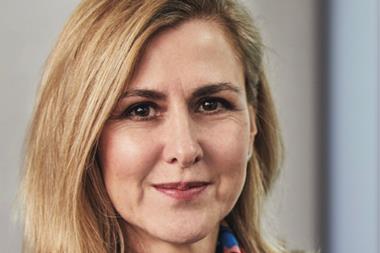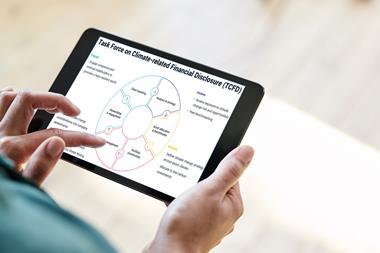Assets under management (AUM) of Italian pension funds have declined year-on-year in 2022 by 3.6%, or €7.7bn, to €205bn, as a result of financial market losses, according to figures published by regulator COVIP.
Assets of industry-wide schemes (fondi negoziali) declined by 6.5% year-on-year at the end of December 2022 to €61.3bn.
Open pension funds (fondi pensione aperti) recorded a 3.2% decline in total assets to €28bn, while assets of private pension plans (PIP nuovi) increased by 2.2% to €45.1bn.
Fondi Negoziali and fondi pensione aperti returned -9.8% and -10.7%, respectively, last year, hit by equity losses and interest rate hikes, the regulator said.
Over a period of nearly 10 years, 2013-22, the compound annual average rate of return, net of management costs and taxes, was 2.2% for the industry-wide funds fondi negoziali, and 2.5% for open pension funds.
The number of members in second pillar pension plans (previdenza complementare) increased last year by 5.8% or 564,000, compared with 2021, to 10.3 million.
Swiss Audit Office on asset management costs
Asset management costs for Swiss pension funds amounted to CHF5.1bn (€5.1bn) per year, out of total administrative costs of €6.8bn, according to the Swiss Federal Audit Office (SFAO).
The Audit Office has analysed data on pension funds’ costs in detail for the first time to examine transparency, and whether information is accessible to stakeholders in occupational pension institutions, and to what extent information motivates the stakeholders to reduce costs.
The analysis conduced by SFAO shows that cost transparency in occupational pension institutions is overall satisfactory, but some measures could make stakeholders even more aware of an important aspect for the industry, it said.
Pension fund boards of trustees are well informed on the costs, and the process to control costs works, it added.
Administrative costs play a role in the decision of the employer to join a pension fund, SFAO said, adding that, however, costs are somewhat distorted because the cost premiums proposed by pension funds may not reflect actual administrative costs, and the difference is covered by returns on investment.
SFAO added that pension funds’ managers rarely decide on strategies to reduce costs, while for asset managers costs only play a role at a very late stage of the decision-making process, and investment strategies are determined only by expected returns and risks.
The pension fund association ASIP responded to the Audit Office analysis, saying that pension benefits depend solely on generated profit, or net return, and not on the costs incurred in generating returns.
The latest digital edition of IPE’s magazine is now available




























No comments yet